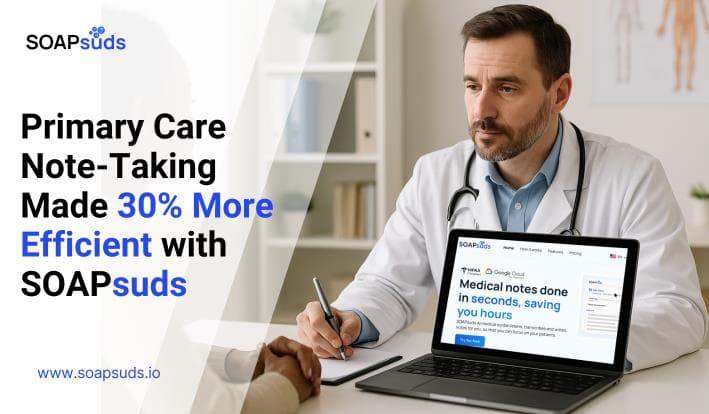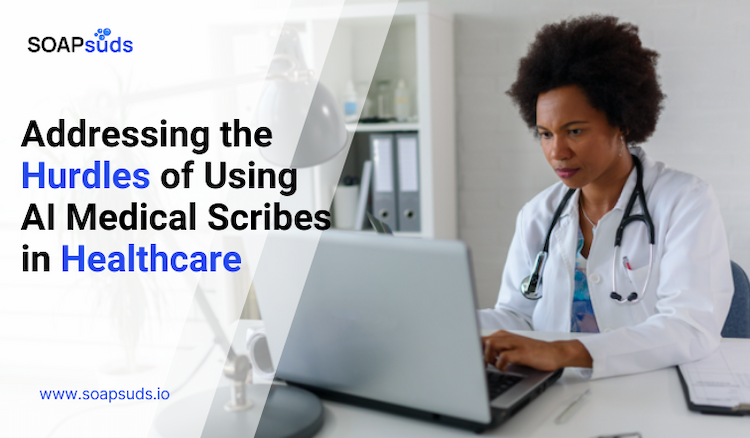Implementing EHR/EMR API Integrations in Healthcare
SOAPsuds team
Published: 3/5/2025
SOAPsuds team
Published: 3/5/2025

About 13 years ago, the quick adoption of electronic health records (EHRs) and new medical...

Primary care doctors are saving time and improving care by documenting 30% quicker with SOAPsuds.

Feeling stressed from handling medical paperwork is common. AI transcription tools provide a smart way...

Healthcare providers have started using artificial intelligence (AI) tools quickly to improve how clinical...

Since the 1970s, artificial intelligence has started to find its place in healthcare. AI-based scribes...

Artificial intelligence is changing medical documentation, helping healthcare workers keep patient records organized and reduce...
Clinical Notes
SOAP notes
DAP notes
AI medical notes